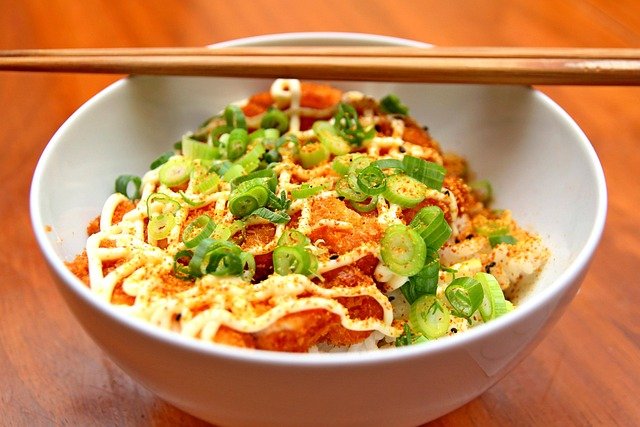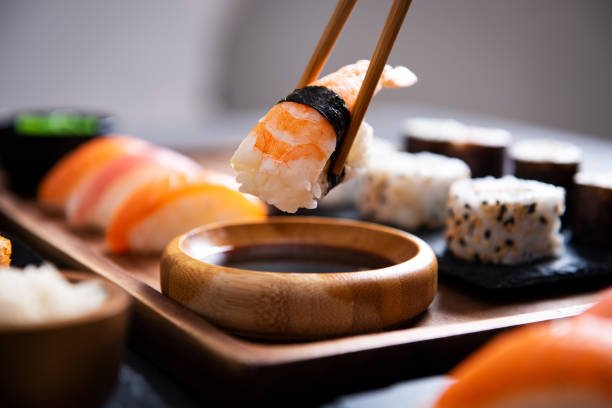Embark on a culinary journey through Japan, exploring sushi, ramen, and other traditional delicacies that define the country’s rich food culture.
Introduction:
Japan is a paradise for food lovers, offering a diverse range of flavors, techniques, and dining experiences. From world-renowned sushi and comforting bowls of ramen to lesser-known regional specialties, Japanese cuisine is a perfect blend of tradition and innovation. This guide will take you through some of Japan’s most iconic dishes, their history, and where to find the best culinary experiences.

1. The Art of Sushi
Sushi is one of Japan’s most famous culinary exports, known for its delicate balance of flavors and expert craftsmanship. Originating from the practice of preserving fish in fermented rice, sushi has evolved into an art form. Today, there are various types of sushi, including:
- Nigiri: Hand-pressed rice topped with fresh fish or seafood.
- Maki: Rolled sushi with seaweed, rice, and fillings like fish, vegetables, or egg.
- Sashimi: Thinly sliced raw fish, often enjoyed with soy sauce and wasabi.
- Omakase: A chef’s tasting menu, showcasing the best seasonal ingredients.
Top sushi destinations include Tokyo’s Tsukiji Outer Market and high-end sushi bars in Ginza.

2. Ramen: The Ultimate Comfort Food
Ramen is a beloved Japanese noodle dish that varies by region, each offering unique broths, noodles, and toppings. The main types of ramen include:
- Shoyu (Soy Sauce) Ramen: A clear, savory broth made with soy sauce.
- Miso Ramen: A rich, umami-packed broth flavored with fermented soybean paste.
- Tonkotsu (Pork Bone) Ramen: A creamy, hearty broth simmered for hours.
- Shio (Salt) Ramen: A lighter broth seasoned with sea salt.
Famous ramen spots include Ichiran in Fukuoka and Ramen Street in Tokyo Station.

3. Street Food and Regional Delights
Beyond sushi and ramen, Japan’s street food scene is filled with delicious treats:
- Takoyaki: Octopus-filled batter balls, topped with sauce and bonito flakes.
- Okonomiyaki: A savory pancake with cabbage, meat, and various toppings.
- Yakitori: Grilled skewered chicken, often paired with a cold beer.
- Taiyaki: A fish-shaped pastry filled with sweet red bean paste or custard.
Osaka’s Dotonbori district is a must-visit for authentic street food experiences.

4. Traditional Kaiseki Dining
For an immersive Japanese dining experience, kaiseki offers a multi-course meal that highlights seasonal ingredients and refined presentation. Originating from Kyoto’s tea ceremony culture, a kaiseki meal typically includes appetizers, sashimi, grilled dishes, and a final rice course with miso soup.
Famous kaiseki restaurants can be found in Kyoto’s Gion district, where chefs craft each dish with meticulous detail.
Conclusion:
Japanese cuisine is a true reflection of the country’s deep-rooted traditions and culinary craftsmanship. Whether you’re savoring fresh sushi, indulging in a bowl of ramen, or exploring street food delights, Japan offers a gastronomic adventure unlike any other. By appreciating and understanding these dishes, food enthusiasts can experience Japan’s rich culture through its vibrant flavors and unique dining experiences.












